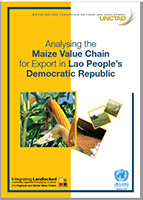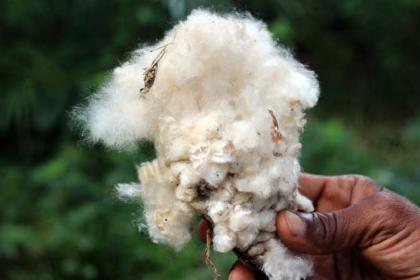
This study analyses the maize value chain for export in Lao People’s Democratic Republic. Using tailored survey data derived from six districts in three maize-producing provinces, this study carries out three tasks.
First, it identifies and analyses the different roles played by three main stakeholders in the maize value chain: farmers producing maize, small traders aggregating and carrying out basic processing, and larger traders doing further processing and exporting.
Second, we analyse the relationships between farmers and traders. In this regard, our analysis highlights the role of traders in the provision of farmer finance, where bargaining power and “relational capital” appear to be especially important.
Third, we empirically explore the relationship between selected stakeholder characteristics and maize prices.
Controlling for geographical location, we find a positive and statistically significant relationship between farmer maize sale prices and whether they sell maize in grain (versus cob) form, cooperative membership, ownership of storage, and duration of maize storage; and a negative relationship between prices and whether a farmer receives trader-supplied inputs. Similarly, we find a statistically significant positive relationship between trader size (measured as the quantity of maize traded in a year) and maize price margins, sales prices, and purchase prices.
These correlations were found controlling for the form of maize bought, the geographic location of traders and whether traders are engaged in external trade.
On the basis of our findings, we discuss a series of policy implications for improving the functioning of the chain and benefits to stakeholders, focusing on improving information availability, enhancing farmer and trader access to finance, and potential measures to foster smallholder farmers’ earnings.




